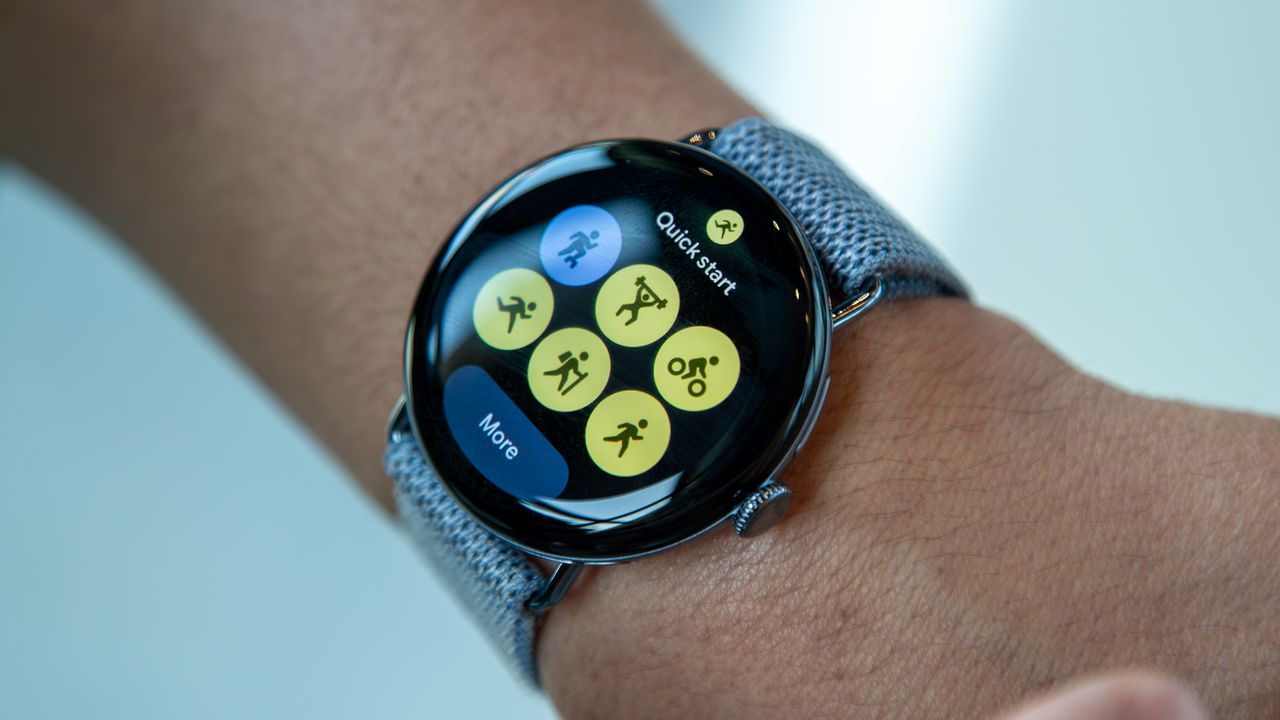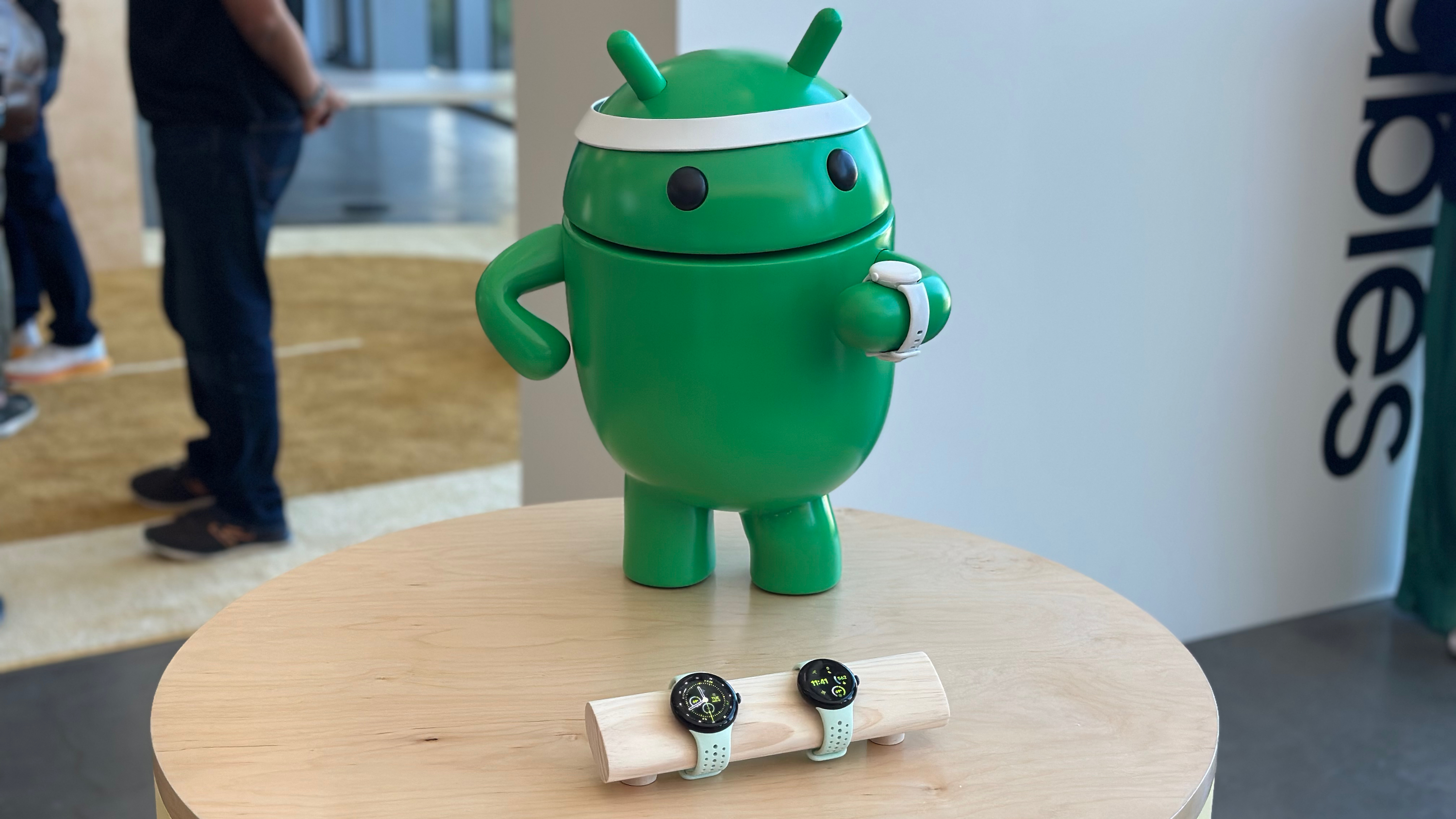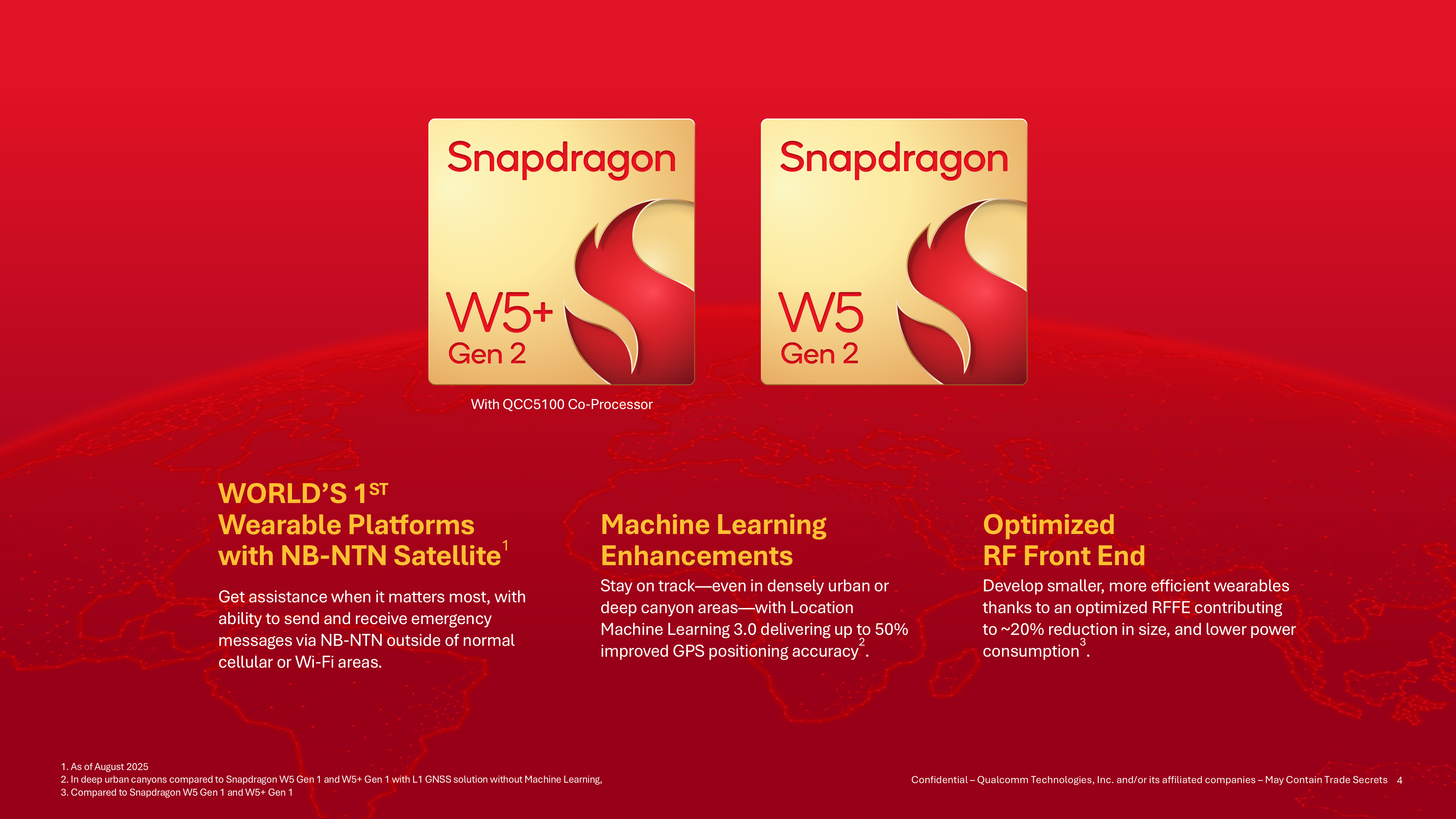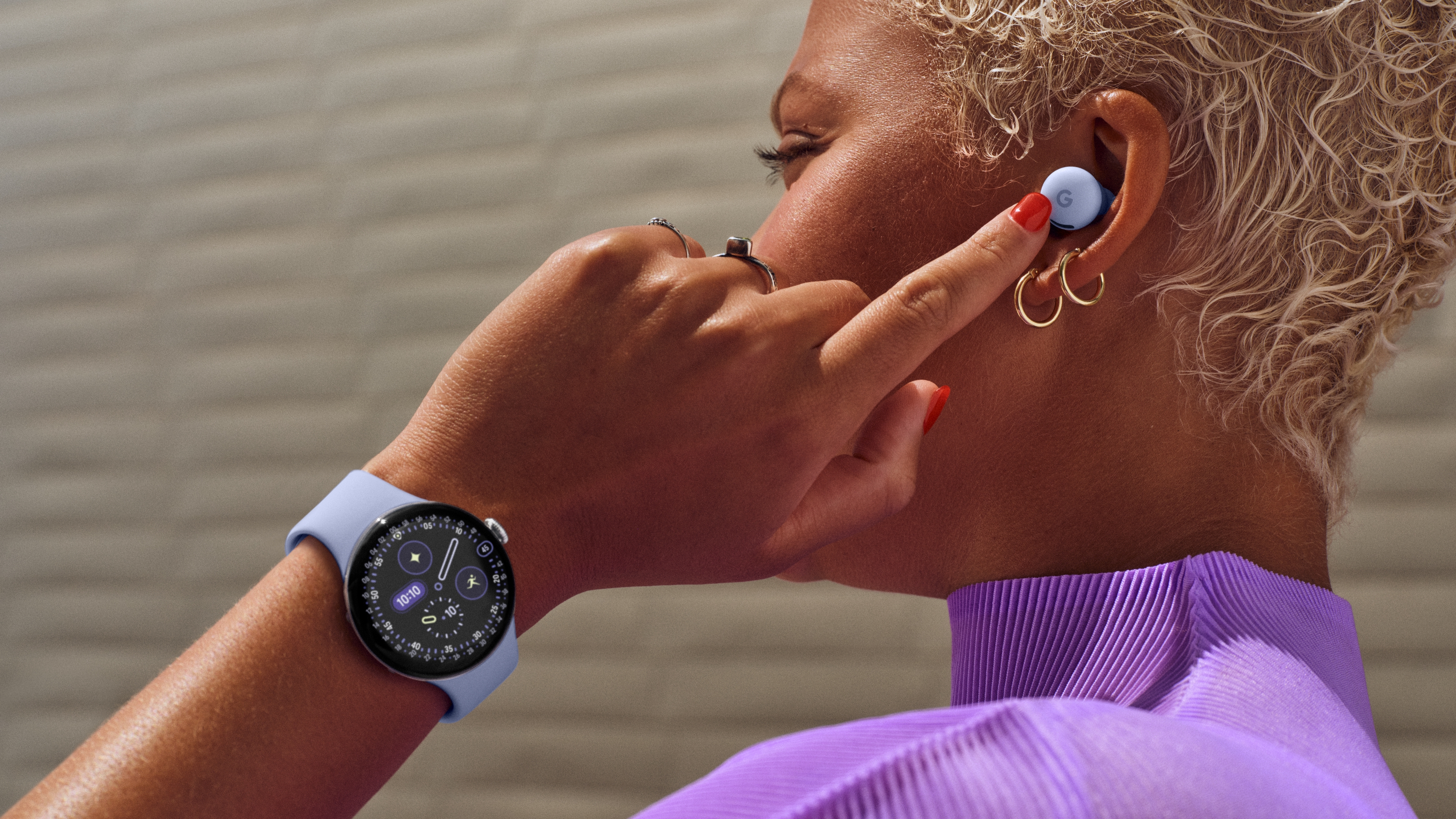
The new Google Pixel Watch 4 has dual-band GPS for the first time, catching up with rival brands like Samsung, Apple, and Garmin. I had the chance to speak with Munjal Shah, Senior Product Manager for the Pixel Watch 4, about how their version of dual-frequency GPS works, why it was important to add, and why he's excited for me, personally, to try it.
When I reviewed the Pixel Watch 3, one of my few complaints was its unreliable GPS accuracy. Any trees, buildings, or other signal blockages would send my workout line careening off course, messing with my total run distance. It made it hard to recommend the Watch 3 to runners, despite the useful coaching and training load tools.
Turns out, the Pixel Watch team read my review. They emailed me prior to launch, asking if I wanted to learn more about their new L5 GPS tracking and how it works.
I won't know how good the Pixel Watch 4 dual-frequency GPS is until I test it myself, sometime around its October 9 release date. But Shah said all the right things to suggest they understand why better GPS accuracy matters to runners so much.
How dual-frequency GPS works, and why it matters

By default, a standard fitness watch uses L1 GPS, the oldest signal standard available. It's perfectly capable of tracking you in an open field, but the low-powered signal is easily refracted by "urban canyons and highly dense tree areas," Shah explained. They skew your detected position and make it hard for GPS satellites to reacquire your location.
L5 GPS signals have existed for a decade, but are still considered cutting-edge. Initially designed for aircraft guidance where exact positioning is essential, L5 GPS has a more stable signal with a wider bandwidth, capable of cutting through signal noise.
Fewer satellites are capable of broadcasting L5 signals, and it has a higher power demand. But as a secondary source, they can pinpoint you in tandem with L1 signals, ensuring that your location is accurate...in theory.
In practice, some dual-frequency GPS watches are more accurate than others. It's as much about the watch's satellite chip and any course-correcting software as the L5 signal itself.

"Dual-band GPS was one of our key interest areas," Shah explained. They wanted to "truly solve users' problems" with their workout data, in response to customer feedback from athletes who were frustrated with their wobbly GPS-only data (myself included).
Shah doesn't think this is a niche feature, either. Dual-frequency GPS "truly elevates the running experience" because your "real-time pace is a lot more accurate." Serious runners need to gauge how fast their target race pace feels, while casual runners must ensure they don't overtrain or develop a false sense of security.
On that same note, Shah says better GPS accuracy is really important for your "post-workout summaries." Google relies on your workout data to inform its new Fitbit AI coach, which judges how fit you are and recommends detailed workout plans; so you want its data on you to be as accurate as possible.
How Google made its dual-frequency GPS more accurate

The Pixel Watch 4 has help on this front, as the first smartwatch to use the new Snapdragon W5 Gen 2. This new chipset doesn't offer any major performance boost, but it features a new RFFE for location-based machine learning. According to Qualcomm, a dual-band Gen 2 watch will be 50% more accurate than a standard GPS-only watch in challenging areas.
Shah said that "it has been great" working with them, and that the "Watch 4 hardware enabled us to go in the direction of dual-band GPS." But he played things a bit coy when I asked how much of the Pixel Watch 4's accuracy comes from them, and how much comes from Qualcomm.
That said, Shah made it clear that the product management team had to do a lot of work to pull dual-frequency GPS off, and that it wasn't just Qualcomm's new hardware.

They had to collect "thousands of hours of data" from around the world to make sure that the Watch 4's dual-frequency GPS worked properly. Unlike Garmin watches, which simultaneously use dual-frequency GPS and other GNSS like GLONASS or GALILEO, the Pixel Watch 4 relies globally on L1 + L5 GPS.
According to Shah, it's dual-frequency GPS that provides the "most accurate route tracking possible" in all Pixel Watch 4 markets, making other satellite system data redundant.
He also acknowledged that dual-frequency GPS typically has a major impact on battery life, which they take "very seriously." So they "did their due diligence" and found a way to implement it so that the "performance of the battery isn't impacted much." Because of that, there's no way to choose GPS-only tracking to save battery life; dual-frequency GPS will be the only option.
While Shah wouldn't discuss future features or updates, he said that the Pixel Watch team plans to continue to deliver the "best of the best" fitness hardware, and that he's excited for me to try out the Pixel Watch 4's dual-frequency GPS accuracy for myself.
I recently reviewed the Galaxy Watch 8 Classic and found that its dual-band GPS wasn't nearly as precise as I'd expect, and that its live pace data was consistently off my real-world pace. So there's room for the Pixel Watch 4 to swoop in as a much better Android running watch option, if its accuracy lives up to Shah's hype.
If it does, the Pixel Watch 4 could easily become one of the best running watches of the year. I'm not taking it for granted until I test the GPS for myself, particularly around forests, buildings, and tracks. But Shah seems supremely confident that his team's watch will live up to the challenge.
The Google Pixel Watch 4 has an ultra-bright AMOLED display for sunny weather, 25% extra battery life for those long marathon runs, cardio load data, Fitbit AI coaching, a phone-less satellite messaging tool for emergencies, and other perks that make it an intriguing option for athletes. It launches on October 9.







